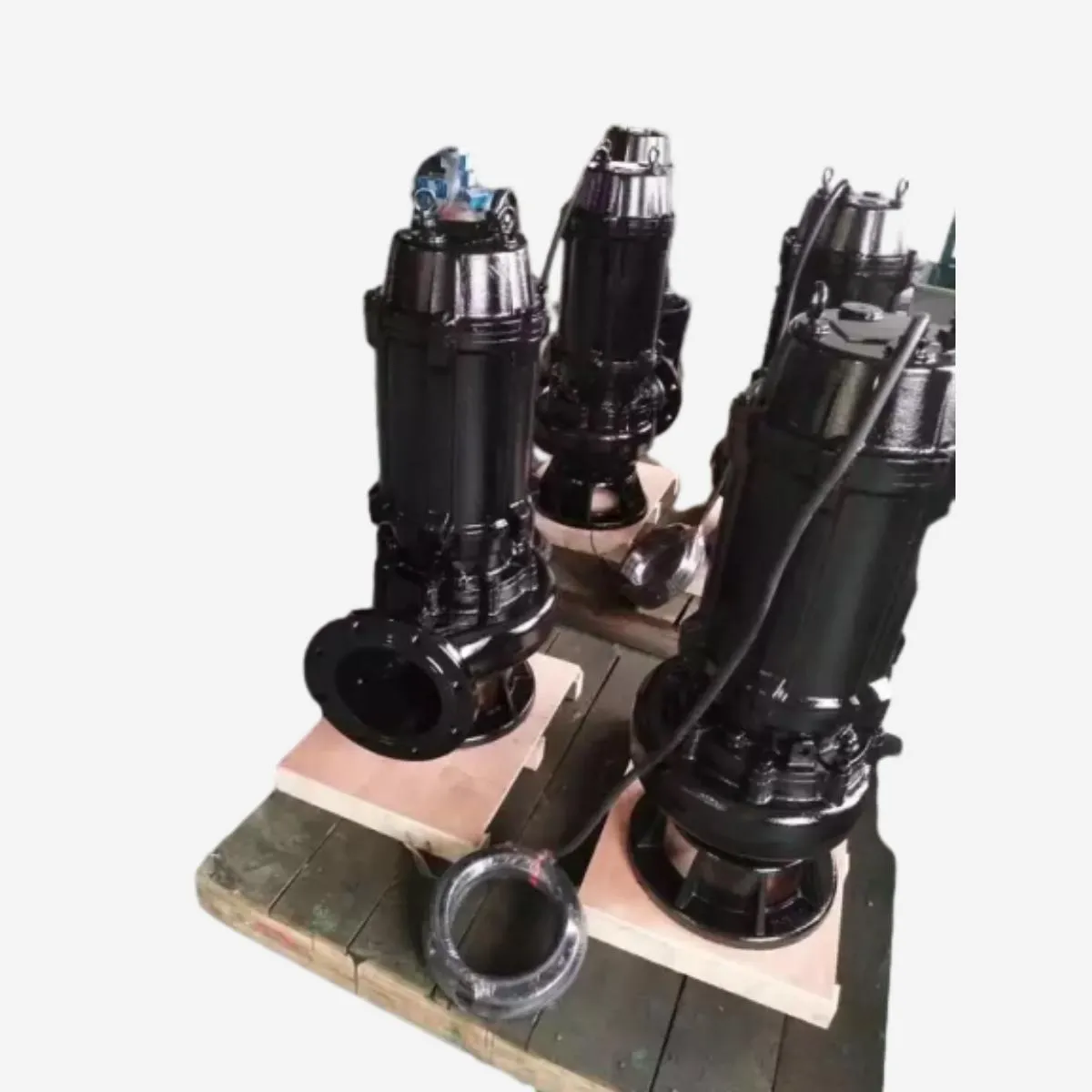Hungarian
- Afrikaans
- Albanian
- Amharic
- Arabic
- Armenian
- Azerbaijani
- Basque
- Belarusian
- Bengali
- Bosnian
- Bulgarian
- Catalan
- Cebuano
- Corsican
- Croatian
- Czech
- Danish
- Dutch
- English
- Esperanto
- Estonian
- Finnish
- French
- Frisian
- Galician
- Georgian
- German
- Greek
- Gujarati
- Haitian Creole
- hausa
- hawaiian
- Hebrew
- Hindi
- Miao
- Hungarian
- Icelandic
- igbo
- Indonesian
- irish
- Italian
- Japanese
- Javanese
- Kannada
- kazakh
- Khmer
- Rwandese
- Korean
- Kurdish
- Kyrgyz
- Lao
- Latin
- Latvian
- Lithuanian
- Luxembourgish
- Macedonian
- Malgashi
- Malay
- Malayalam
- Maltese
- Maori
- Marathi
- Mongolian
- Myanmar
- Nepali
- Norwegian
- Norwegian
- Occitan
- Pashto
- Persian
- Polish
- Portuguese
- Punjabi
- Romanian
- Russian
- Samoan
- Scottish Gaelic
- Serbian
- Sesotho
- Shona
- Sindhi
- Sinhala
- Slovak
- Slovenian
- Somali
- Spanish
- Sundanese
- Swahili
- Swedish
- Tagalog
- Tajik
- Tamil
- Tatar
- Telugu
- Thai
- Turkish
- Turkmen
- Ukrainian
- Urdu
- Uighur
- Uzbek
- Vietnamese
- Welsh
- Bantu
- Yiddish
- Yoruba
- Zulu
Telephone: +86 13120555503
Email: frank@cypump.com
nov . 29, 2024 13:35 Back to list
Innovative Solutions for Slurry Pumping and Engineering Challenges in Industries
The Essential Role of Slurry Pumps in Modern Engineering
In the world of engineering and construction, slurry pumps play an indispensable role, particularly in the transportation of abrasive and viscous materials. Slurry pumps are specifically designed to move mixtures of liquid and solid particles—known as slurries—that can be heavily laden with sediment, slurry content, or other materials. These pumps are vital in various industries such as mining, wastewater treatment, and dredging, due to their unique engineering features and robust capabilities.
Understanding Slurry Pumps
Slurry pumps are distinct from standard pumps due to their enhanced construction and materials, which allow them to handle the abrasive nature of slurries without significant wear and tear. Generally built with high-chrome alloys or rubber lining, these pumps can endure the harsh conditions and highly corrosive materials they often encounter. Their designs vary, with some being centrifugal and others positive displacement pumps, each serving specific requirements depending on the slurry's properties.
Centrifugal slurry pumps, for instance, utilize rotational energy to move slurries, and are commonly used in mining operations for transporting gravel, sand, or other materials. Positive displacement pumps, on the other hand, excel in applications requiring precise volumetric control and can handle thicker slurries that centrifugal pumps might struggle with.
Applications Across Industries
The versatility of slurry pumps makes them suitable for a myriad of applications. In mining, they are crucial for transporting ores and tailings, ensuring efficient mineral extraction and processing. In the coal industry, slurry pumps facilitate the movement of coal slurries, using water to create a manageable mixture for transportation.
Wastewater treatment facilities also benefit significantly from slurry pumps, which help manage sludge and biosolids. They transport waste materials from treatment tanks to drying beds or disposal areas. This not only aids in maintaining efficient plant operations but also enhances the overall sustainability of waste management processes.
slurry pumps & engineers

Moreover, in dredging operations, slurry pumps are used to remove sediment and debris from waterways, crucial for maintaining navigation routes and preventing flooding. The integration of slurry pumps in reinvigorating aquatic environments demonstrates their role in ecological conservation as well.
Challenges and Innovations
Despite their robust design, slurry pumps face several challenges. The abrasive nature of the materials they handle can lead to rapid wear, necessitating regular maintenance and potential replacement of pump components. Engineers constantly seek innovations to enhance pump durability, including the development of new materials and protective coatings.
Furthermore, the efficiency of slurry transport is a crucial consideration. Engineers strive for improvements in hydraulic performance, minimizing energy consumption while maximizing the flow rate and head. Advanced computational fluid dynamics (CFD) modeling plays a pivotal role in optimizing pump designs, allowing for more effective and energy-efficient systems.
Conclusion
As engineering advancements continue to evolve, so too will the technology surrounding slurry pumps. Their integral part in various industries cannot be understated—offering solutions to transport, manage, and process slurries efficiently and sustainably. From mining to wastewater management, slurry pumps are vital tools that ensure operational success and environmental protection.
In conclusion, slurry pumps and engineers share a fundamental partnership in advancing industrial practices. Their continuous development and the adoption of innovative technologies will pave the way for more efficient practices across diverse applications, affirming the critical role of engineers in shaping the future of slurry management and beyond. As the demand for reliable and efficient slurry transport continues to rise, understanding and embracing the capabilities of slurry pumps will remain essential for all engineering disciplines.
-
Custom Drilling Mud and Slurry Pump Supplier - High Efficiency, Tailored Solutions
NewsJun.10,2025
-
Supply Vertical Submersible Sewage Pump High-Efficiency WQ/QW Pumps Supplier
NewsJun.10,2025
-
Premium Sewage Ejection System & Pumps Efficient Waste Removal
NewsJun.09,2025
-
Premium Wholesale Slurry Pump Impellers Durable & Efficient Slurry Handling
NewsJun.09,2025
-
Top Sewage Pump Companies Durable Industrial Solutions for Efficiency
NewsJun.09,2025
-
Heavy Duty Slurry Pumps - OEM High Performance & Bulk Wholesale
NewsJun.09,2025










